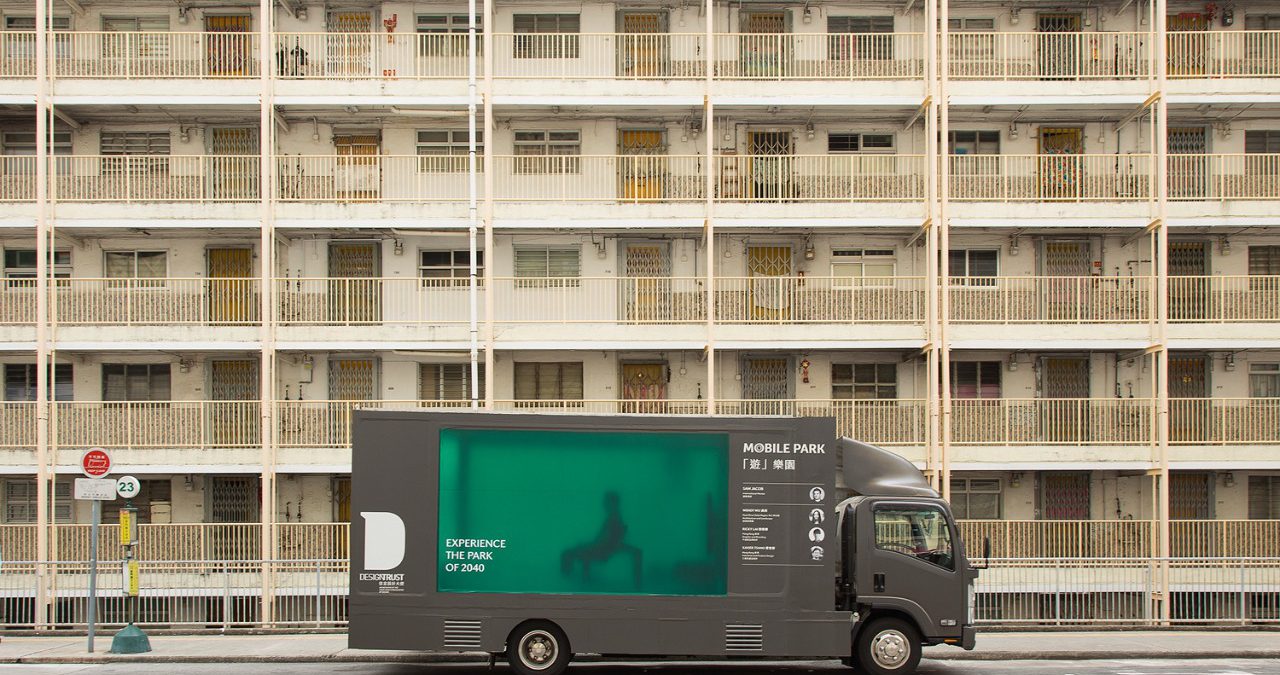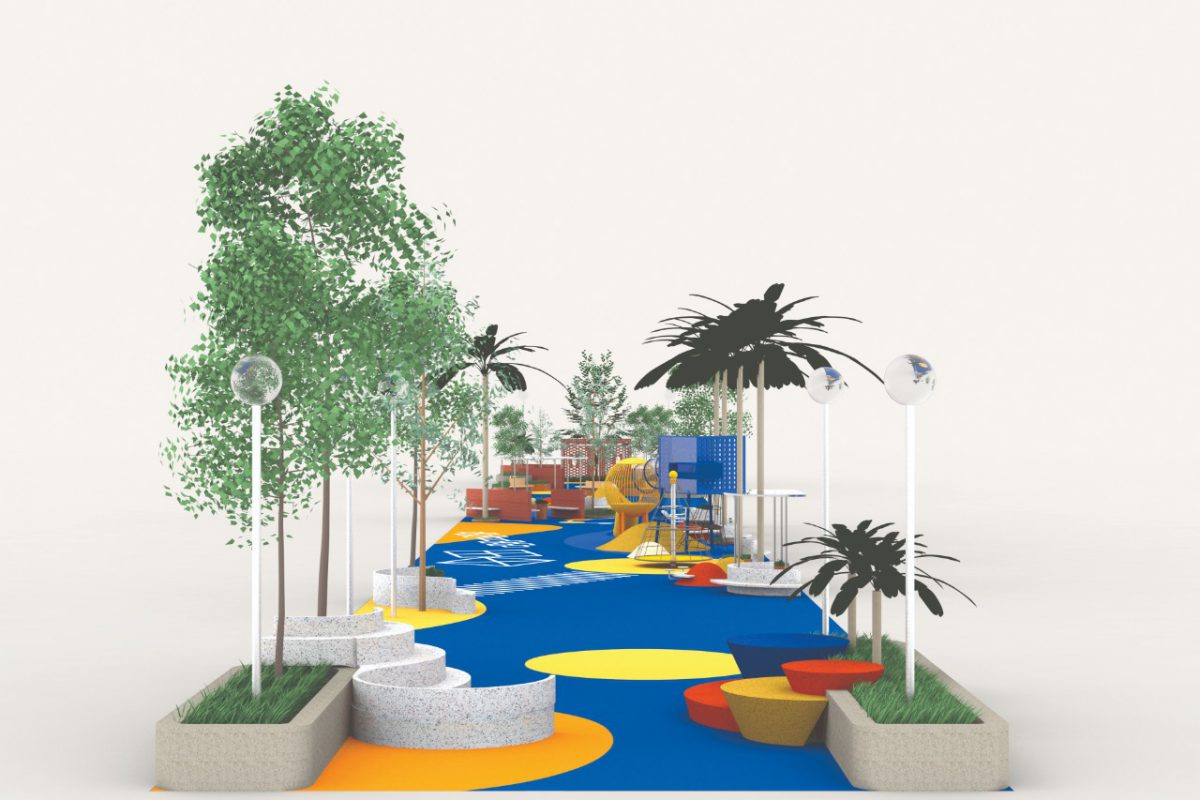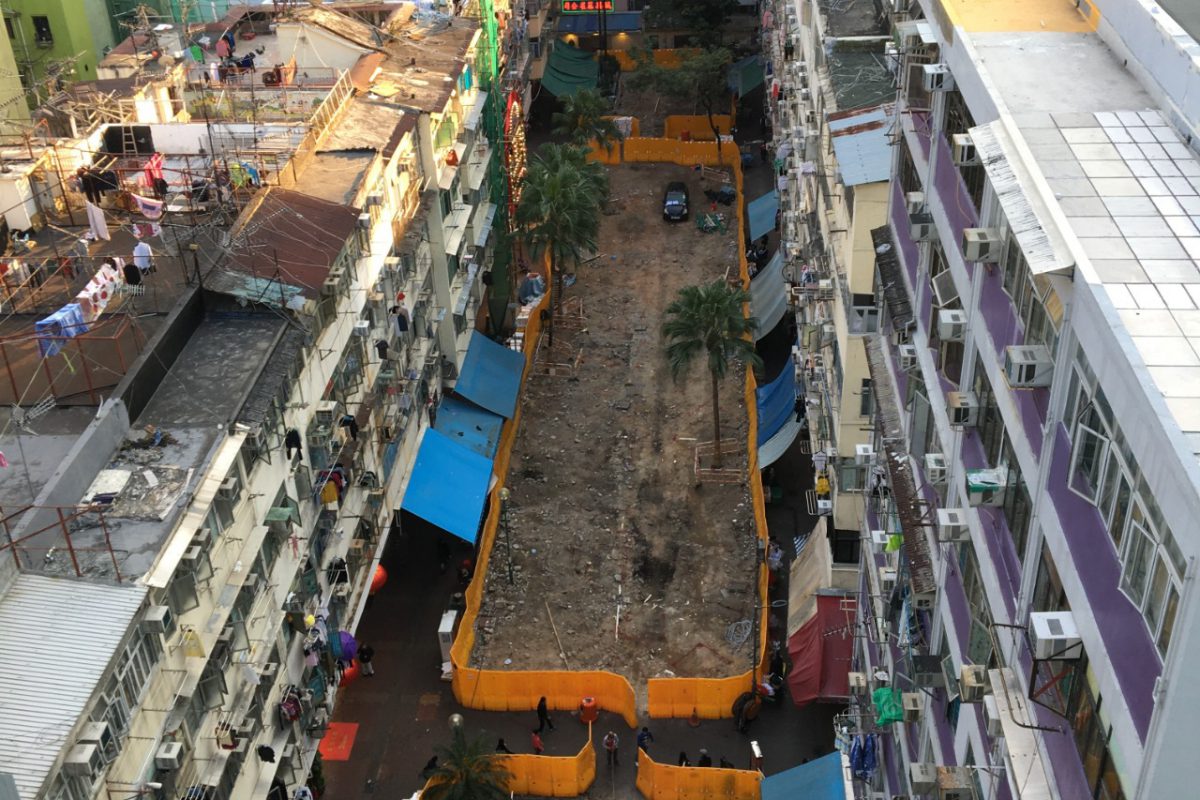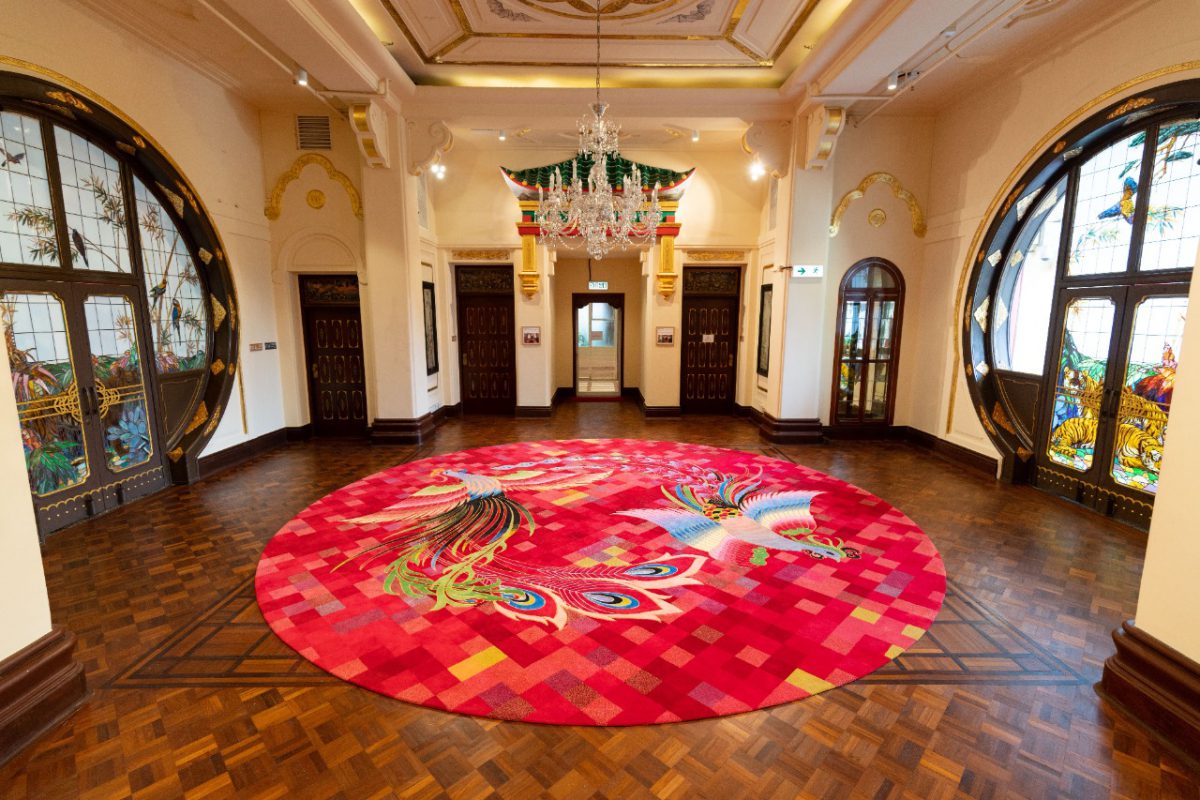
Keep up with our latest news and projects!

“As an architect, I see myself more as a community designer,” tells Marisa Yiu, co-founder and Executive Director of the Design Trust in Hong Kong. “It’s important to activate communities, to design participatory processes and to curate shows that add value for the community.” Hong Kong Ambassadors of Design (HKAoD) was established in 2007 as a non-profit and registered charity by a group of creatives in the city. Marisa explains that they started out with the aim to stimulate exchange between local and international design communities and the public, through a series of imaginative and unconventional projects, channelling creative energies from both the street and the studio. “In 2014, to raise design excellence, we started to involve content building for designers in training and research initiatives. The question arose on how to create a grants platform to stimulate this idea. The Design Trust was founded in 2014 and we’ve since further expanded our work with the Design Trust Futures Studio (DTFS) in 2017.”
There’s a lot of creativity in Hong Kong, but not much space for experiments, deeper research and ideas. How to connect design with different stakeholders, from the grassroots to the government level, and between the public and private sectors? And how to make sure designers’ voices are heard? Marisa was previously involved in teaching at several universities and sought ways to link their foundation work to student alumnus projects. “After observing the needs of the community, the DTFS programme became a platform to connect young graduates with new opportunities and with established designers as mentors. Diversity was important — to mix different disciplines and perspectives, for example by having a writer and an architect work together with a local district council. In this way, we wanted to make a stronger social-cultural impact and to catch the attention of investors. The project-studio concept grew into the Design Trust Futures Studio, a cross-disciplinary initiative and long-term flagship programme.”
 DTFS 2018 – “Play is for the People” - Yi Pei Square Playground , Tsuen Wan – Communal Living Room by Stephen Ip (Architecture and Landscape), Kay Chan (Industrial and Product Design), Christopher Choi (Architecture and Landscape) and Jonathan Mak (Graphic and Branding). Mentor: Mimi Hoang. Lead Curator: Marisa Yiu
DTFS 2018 – “Play is for the People” - Yi Pei Square Playground , Tsuen Wan – Communal Living Room by Stephen Ip (Architecture and Landscape), Kay Chan (Industrial and Product Design), Christopher Choi (Architecture and Landscape) and Jonathan Mak (Graphic and Branding). Mentor: Mimi Hoang. Lead Curator: Marisa Yiu
At first, DTFS focused on ‘Small is meaningful’: a series of concepts to work with the high-density living conditions of Hong Kong. “We wanted to seek designs that stimulated smallness and sharing, the phenomenon of micro-housing and the future of micro-parks. In seven months the group hosted several workshops, conducted field trips and researched various ideas. The outcomes were presented in a public exhibition and a documentary.
After this project was completed, we continued with piloting the micro-parks. Four practical yet playful micro-parks were realised in different locations around Hong Kong to create multi-functioning resting gardens, playgrounds and sitting-out areas. An important part of the process was to prototype and test ideas through social experiments in open space. The hashtag #addyourmicropark was launched to have people vote for their favourite micro-parks and to be part of the design archive.”
DTFS exhibitions have a fixed structure. Every programme is approximately one year long but will hopefully have a long-term impact. As a naturally curious person, Marisa believes that the programme should be continuously evolving, and should function as a platform to address different urban issues every year. “In 2019, we started with discussions and design workshops. Through the process, we saw the importance of engaging with the community. Since then, it has become obligatory for all of our design groups to do so. This results in a deeper understanding of the needs of the local community and more human-centric designs.”
 Construction site of Yi Pei Square Playground, Tsuen Wan. Going beyond conceptual ideation, the aim is to transform the micro-park designs into reality.
Construction site of Yi Pei Square Playground, Tsuen Wan. Going beyond conceptual ideation, the aim is to transform the micro-park designs into reality.
Marisa explains: “75% of Hong Kong’s actual land is green — that’s a lot! There are many urban pocket parks, but how can we ensure they are designed for the needs of the community? For the Tsuen Wan park, we questioned the existing exercise equipment for the elderly. Nowadays kids from the neighbourhood also play on them, which was not anticipated, but the community makes use of public space as it fits their needs. This showed the team the necessity for designing and building by neighbourhood assessment.”
The Design Trust explores ways to develop private-public space partnerships to ensure the sustainability of these spaces. This is the first pilot programme in Hong Kong where design concepts are designed with and for the community, instead of using the traditional top-down approach. For their 2019 exhibition, DTFS collaborated with different companies and foundations, allowing for investment on different levels.
Today, the small DTFS core team is still committed and involved in all locations. Marisa’s concern is how to make sure that the local communities are committed enough to the long-term care and maintenance of the micro-parks. As such, the team is working on proposals for a management model that can build upon a strong sense of civic ownership. “At the completion of each design, there is only so much we can do; the rest is the responsibility of the local government. If people fall in love with the park, we hope that they take care of it.” She feels that the government should be included in this model as a continuing factor that engages with the community for the future of these parks. “It is our responsibility to build knowledge from within so that we can extend the community experience.”
 DTFS 2019 – “Heritage is Innovation”, Feature Carpet design by Elaine Yan Ling Ng, in collaboration with Tai Ping, Mentor: Lyndon Neri & Rosanna Hu. Lead Curator: Marisa Yiu.
DTFS 2019 – “Heritage is Innovation”, Feature Carpet design by Elaine Yan Ling Ng, in collaboration with Tai Ping, Mentor: Lyndon Neri & Rosanna Hu. Lead Curator: Marisa Yiu.